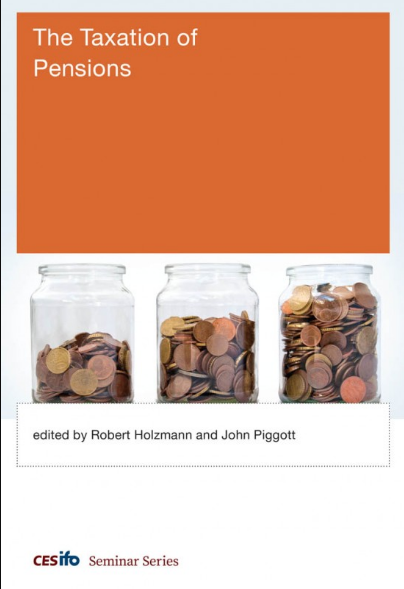Prefunded Pension Systems: Recent Developments
By Kristian Peter Niemietz From the mid-1990s to the onset of the financial crisis, prefunded pension systems, based on individual retirement savings accounts, were spreading around the world. The UK was initially a world leader in this, due to the system of contracting out, which had allowed people to opt out of part of the state pension scheme and save for their own pension instead. Since 2008, there has been a global U-turn. Private pension systems are now in retreat...










